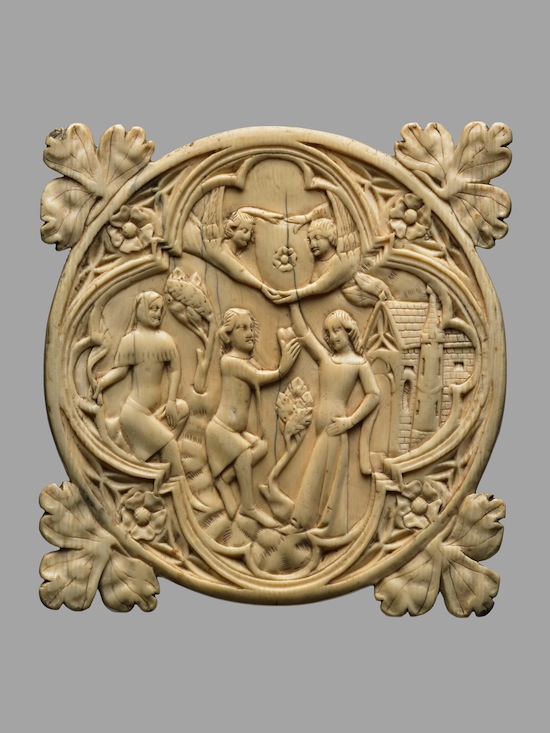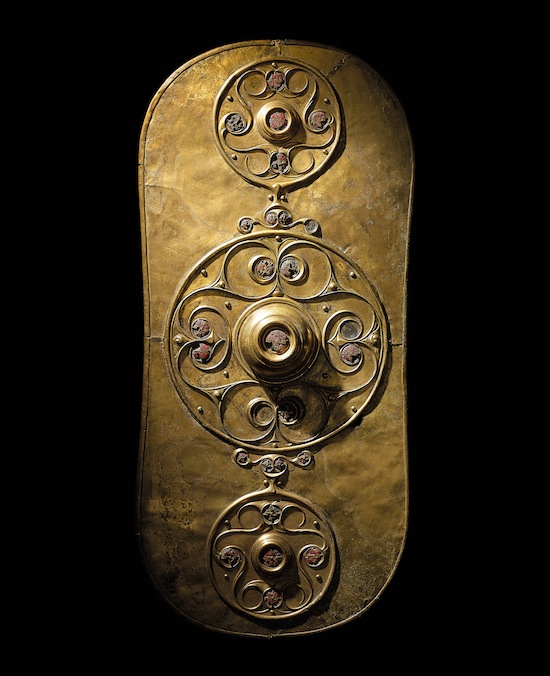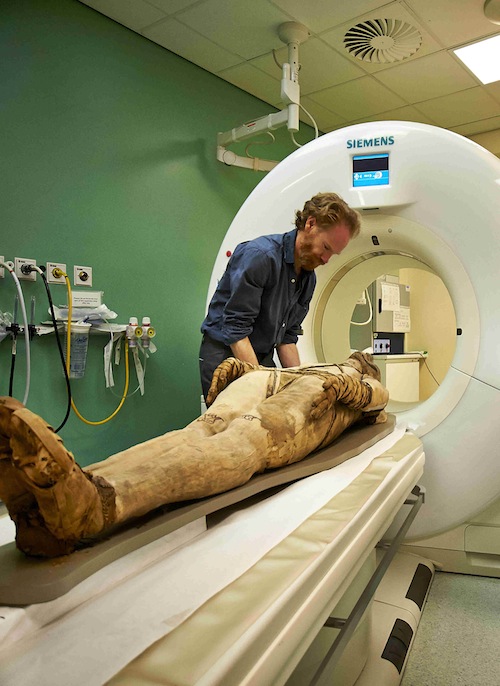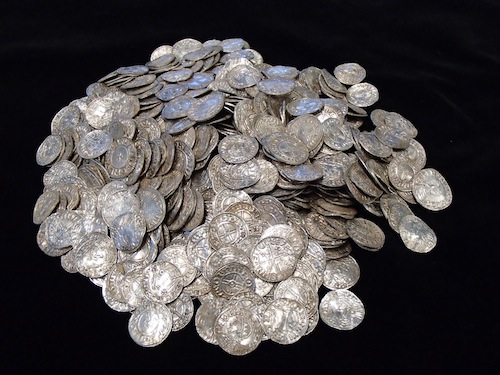Medieval Treasures on Display in Madrid

Mirror case, France, 1370-1400. Ivory. It depicts a love scene in a
garden where the happy couple hold a heart as cupids hover
overhead holding a shield and a hooded figure looks on.
One of Madrid’s leading private galleries is hosting a major exhibition on medieval art. The Pillars of Europe: Middle Ages in the British Museum brings together more than a hundred objects ranging from 400 to 1500 at CaixaForum’s Madrid branch.
The exhibition aims to show through objects and images how Europe transformed from the fragmentation after the fall of the Roman Empire through the Middle Ages and into the emerging nation states at the beginning of the Renaissance. An excellent map shows how borders shifted over the century, and a slideshow gives period depictions of Europe’s cities as they grew and became more prominent. The objects are grouped into four themes: Royal Power, Heavenly Treasures, Courtly Life, and Urban Life.


